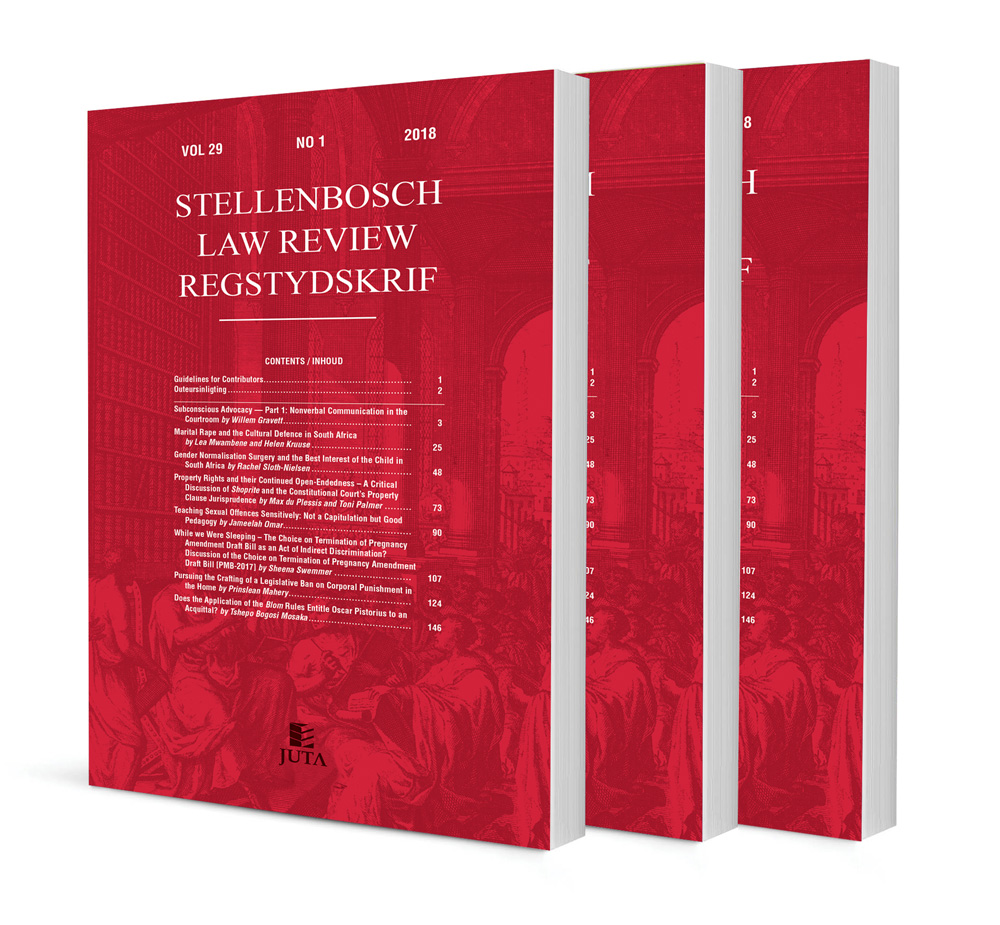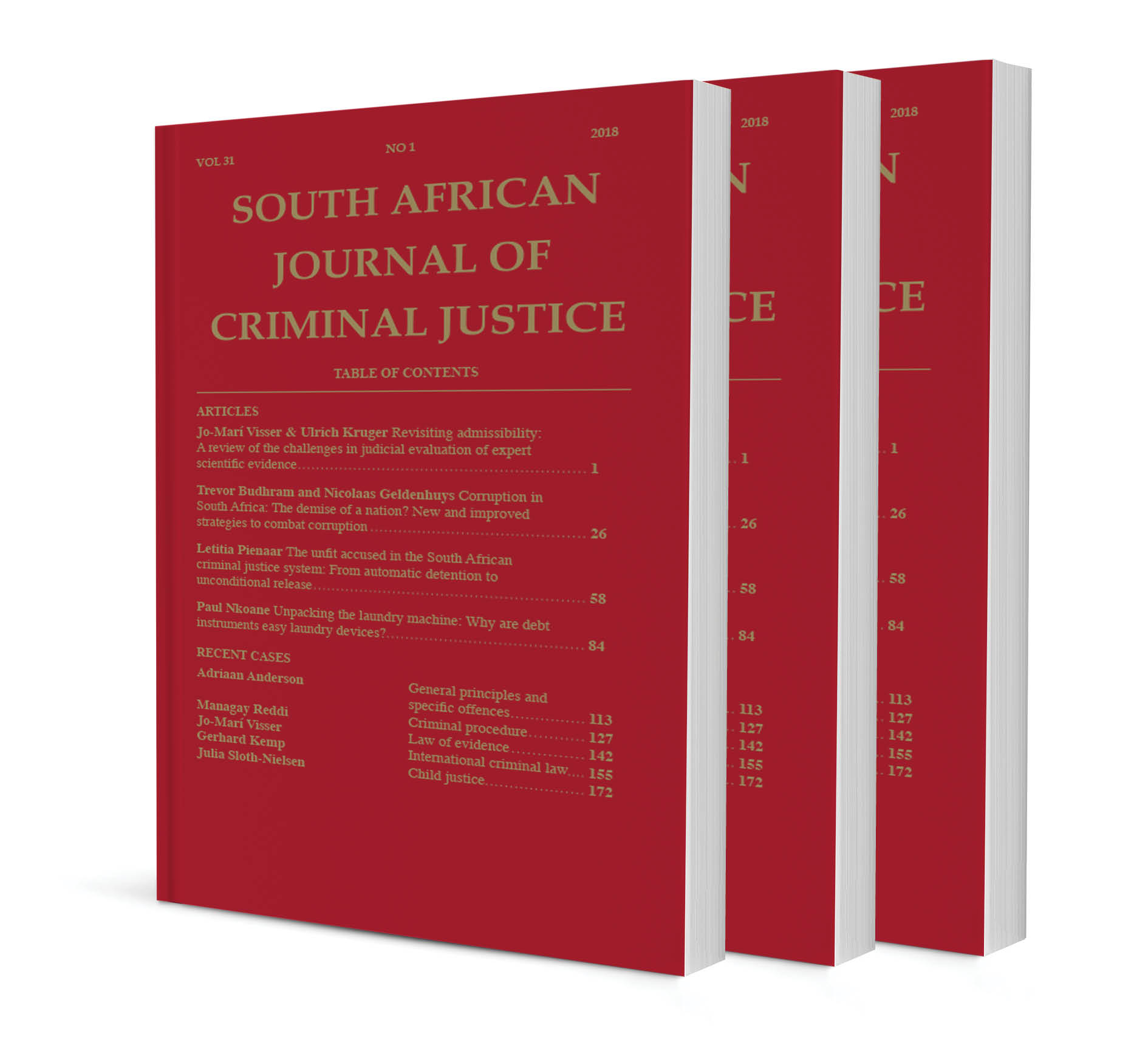The State V Twynham: The (Ir)Relevance of Further Regulation of Religious Organisations in South Africa

The State V Twynham: The (Ir)Relevance of Further Regulation of Religious Organisations in South Africa
Authors Helena van Coller & Idowu A Akinloye
ISSN: 1996-2193
Affiliations: LLB LLM (UFS) LLM (Utrecht) PGDHE LLD, Associate Professor, Faculty of Law, Rhodes University, South Africa; BTh LLB LLM, PhD Candidate, Faculty of Law, Rhodes University, South Africa
Source: Stellenbosch Law Review, Volume 30 Issue 2, 2019, p. 299 – 314
Abstract
A recent study conducted by the CRL Rights Commission produced evidence of commercialisation of religions and financial abuse among some religious organisations in South Africa. The CRL Rights Commission is now recommending to Parliament to further regulate religious organisations in order to guarantee the financial accountability of these organisations. The debate this recommendation has generated, that is, whether there is a need to further regulate religious organisations, is still inconclusive. It is against this backdrop that this discussion analyses the case of The State v Twynham to interrogate whether there is, indeed, a need for further regulation of religious organisations in South Africa. The article maintains that although the facts of Twynham justify the findings of the CRL Rights Commission that some religious organisations have a poor internal control system to effectively manage their finances, they reveal that the extant statutes regulating religious organisations can adequately guarantee sound financial accountability within these organisations. It argues that the problem of financial abuse among these organisations is not inadequate regulations. Rather, it is due to non-compliance on the part of religious organisations and the ineffectiveness of the regulatory bodies to enforce the extant laws.
